Truth be told, not everybody knows that peacocks are one of the largest flying birds in the world. Although it’s quite shocking to hear, don’t assume that the size of the peacock’s body limits its ability to fly. It doesn’t matter whether they live in the wild or are raised in nurseries or on farms, peacocks are prone to catch diseases like any other bird.
If you’re looking to raise these birds, you need to know how to manage their health, thus preventing serious illnesses down the road. That being said, let’s dive in deeper and explore some of the common peacock diseases you should know about based on their categories.
Table of Contents
Bacterial Diseases
Fowl Cholera (FC)
Also known as avian cholera, avian hemorrhagic septicemia, and avian pasteurellosis, this highly contagious, acute septicemic infection is caused by the bacterium Pasteurella multocida. This disease was first discovered in 1880 by Louis Pasteur. It can also infect turkeys, chickens, and waterfowl.
Fowl cholera may vary from acute septicemia to localized, chronic infections leading to the possibility of death. This disease is transmitted through nasal discharge, contaminated soil, feces, and oral discharge.
Symptoms of fowl cholera include coughing, diarrhea, ruffled feathers, swollen joints, nasal and oral discharges, loss of appetite, and sudden death.
Infected birds can be given treatments, but only those with strong immune systems can survive.
Pullorum and Fowl Typhoid
The causal agents of these two acute diseases are S. pullorum and S. gallinarum from the genus Salmonella. These antigenically-related bacteria are usually transmitted from the parent birds to their offspring through the eggs or any close contact with infected birds. Pullorum can affect both young and older birds, but fowl typhoid is usually present in older birds.
Some of the obvious symptoms of these two diseases are diarrhea, high fever, depression, loss of appetite, labored breathing, decrease in egg production, and sudden death. Unfortunately, there is no treatment for pullorum and fowl typhoid.
The only course of action is prevention, including high sanitation standards, keeping the infected birds away from the healthy ones, and regular screening for any signs of these diseases.
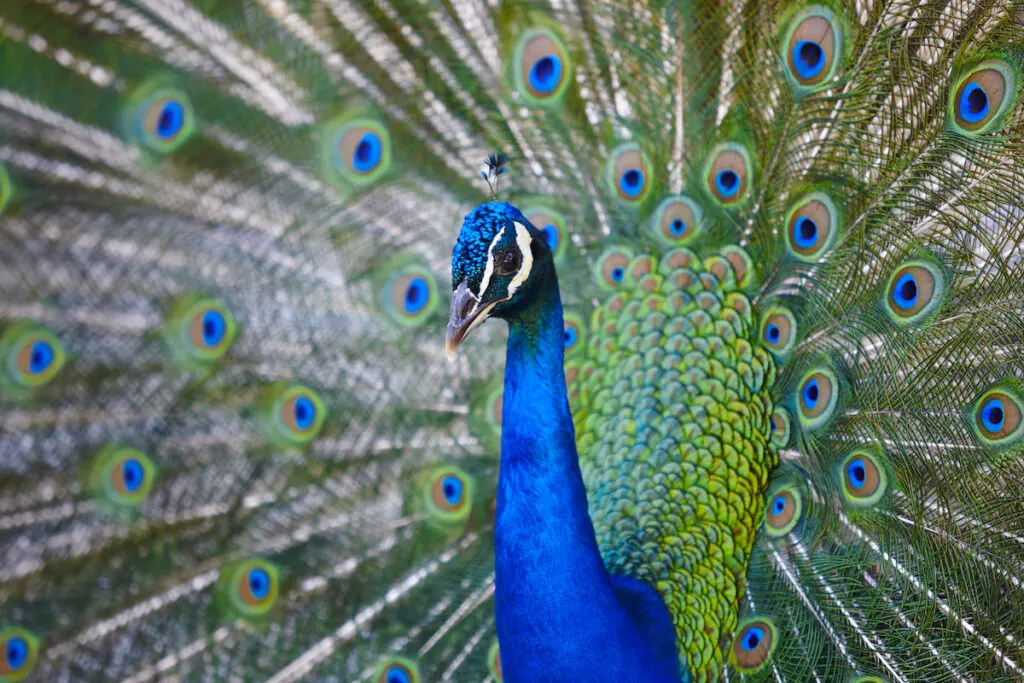
Avian Tuberculosis (TB)
Also known as avian mycobacteriosis, this chronic disease is caused by Mycobacterium avium. This slow-spreading disease can infect different species of birds and also mammals, including humans.
In birds, avian tuberculosis is spread through contact or ingestion of foods that are contaminated with the feces of the infected birds. The bacteria can exist in the contaminated environment for many years, causing more infection to new birds.
Signs of avian tuberculosis include lethargy, weight loss, diarrhea, and ruffled feathers. Currently, there is no treatment against avian TB beyond preventive measures and damage control.
Staphylococcus
This infectious but non-contagious disease is caused by a gram-positive bacterium with the same name, Staphylococcus aureus. Staph infection usually happens when this bacteria enters the body through open cuts or wounds.
Symptoms of this disease include bumblefoot, septicemia, skin lesions, localized abscesses, and other serious skin infections. Birds that are infected with staphylococcus can be treated with antibiotics. Aside from intravenous antibiotics, you can also mix the antibiotics with water and feed it to the whole flock.
As always, keeping a clean environment and good sanitation can reduce the possibility of being infected with this disease.
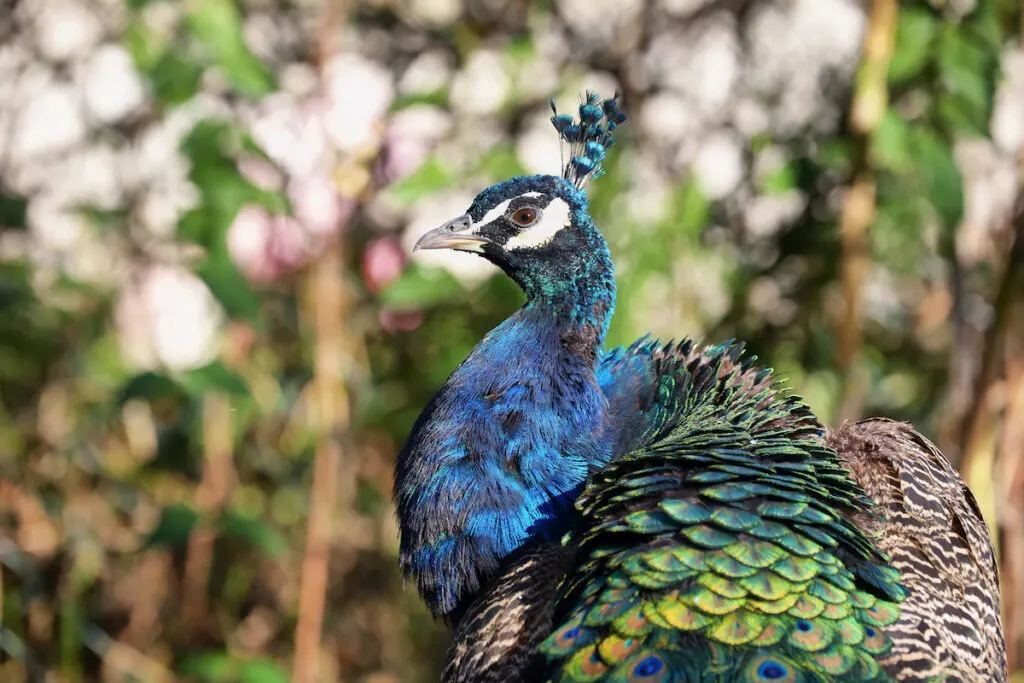
Arizona Infection
This infectious disease is caused by the Arizona hinshawiii bacterium that is closely related to Salmonella. Arizona infection, or paracolon infection, is a severe, typhoid-like infection that causes death in younger birds. Older birds may not face a higher possibility of death because they only become asymptomatic carriers.
Signs of Arizona infection in birds include diarrhea, cloudiness in the eyes, dejection, vent-pasting, loss of appetite, and paralysis.
To treat this disease, avian veterinarians will usually administer injections of gentamycin, streptomycin, and spectinomycin. Also, separation of the infected birds from the rest of the flock is always best to prevent the further spread of the disease.
Parathypoid
Parathyphoid is a bacterial infection of the intestinal tract and bloodstream caused by the bacteria from the genus Salmonella. This disease causes many deaths in younger birds, especially aged 8 to 28 days.
Parathypoid usually spreads from infected parents to their chicks. The younger birds are also exposed to the contaminated environment and eggshells, contracting the bacteria that will enter their system.
This disease can be treated by administering medication such as nitrofuran and neomycin. Keeping the infected birds in quarantine and maintaining good sanitation are essential to preventing more infections.
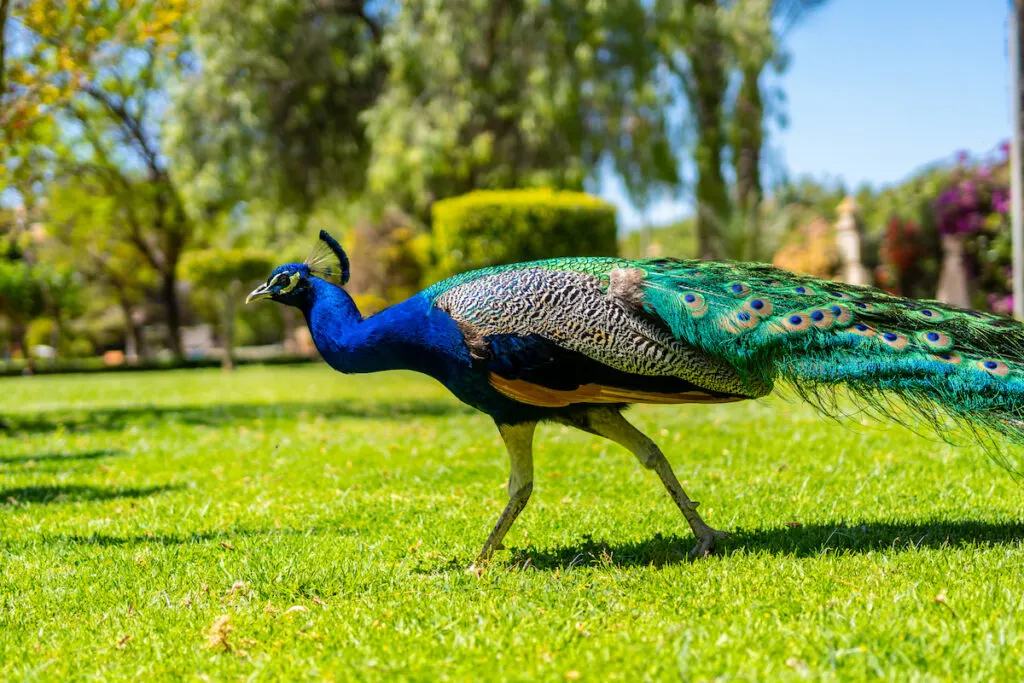
Virus-like Diseases
Fowl Pox (FP)
Also known as avian pox, this highly contagious viral infection is spread through bites of infected mosquitoes. There are two types of fowl pox: dry and wet.
The most obvious sign of dry fowl pox is skin lesions, particularly in unfeathered skin areas, wattles, face, eyelids, and the comb.
Meanwhile, wet fowl pox will affect the birds’ upper respiratory system, throat, eyes, and mouth and is much more severe than dry pox.
This disease is easily transmitted from one bird to another when they are in close contact with each other. The virus can be found in skin and feather debris, skin dander, scab secretions, and also blood.
Vaccination of the whole flock is the best course of action to contain this disease and prevent it from relapsing.
Newcastle Disease (ND)
Newcastle disease is another highly contagious, viral avian disease that affects the respiratory, nervous, and digestive systems of birds. Depending on the level of virulence, it can cause a high mortality rate for the whole flock.
Like many viral diseases, Newcastle disease is spread through close contact with the infected birds or direct contact with feces and bodily discharges of infected birds within the same flock.
Symptoms of this disease include difficulty breathing, sneezing, coughing, diarrhea, paralyzed wings and legs, spasm, paralysis, and a sudden decrease in egg production.
Currently, there is no treatment against this disease other than early vaccination and maintaining good sanitation.
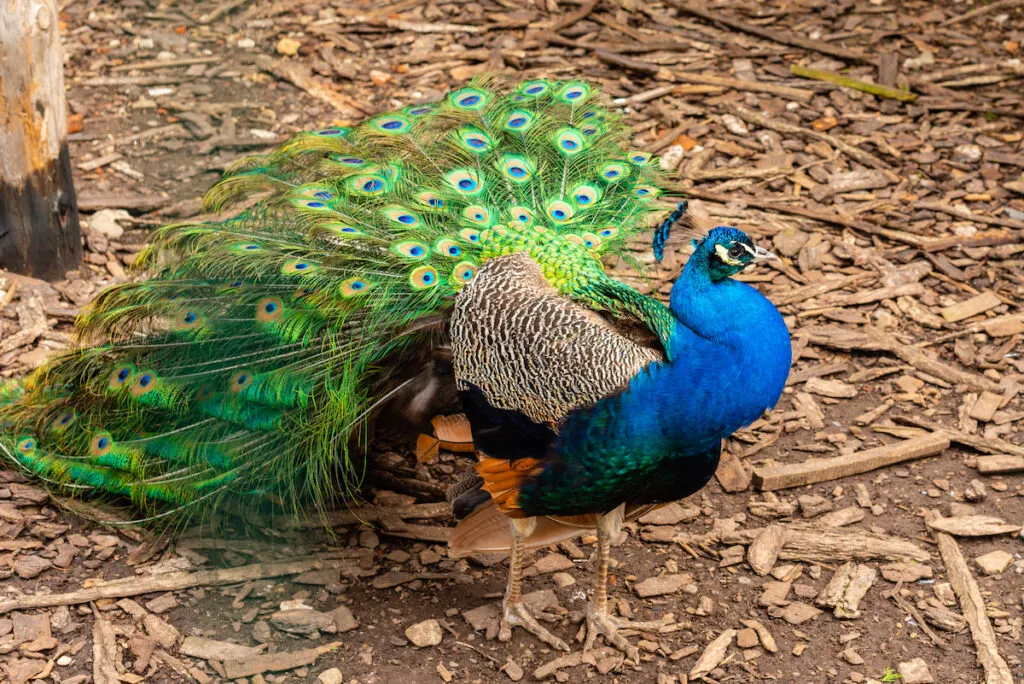
Hemorraghic Enteritis (HE)
This acute disorder usually affects birds around 4 weeks of age or older. It is caused by Type II adenovirus and is usually spread through droppings and bodily discharges from infected birds. Healthy birds that live near the infected ones are also susceptible to this disease if they share the same sources of water and food.
Symptoms of hemorrhagic enteritis include diarrhea, inflammation and hemorrhage of the intestines, depression, and sudden death.
Vaccination is the only way to prevent this disease from spreading and infecting the whole flock. Administering antibiotics in the water and food is also another way to prevent secondary infection in recovering birds.
Protozoan Diseases
Blackhead Disease
Also known as histomoniasis, this disease is caused by parasitic protozoa, Histomonas meleagridis. Generally, younger birds between the age of 6 and 14 weeks are more susceptible to this infectious intestinal disease.
Blackhead disease is spread through direct contact with the infected birds, contaminated water, bird droppings, and feeding off the ground in the same area as infected birds.
Signs of this disease include yellow droppings, unkempt feathers, lethargy, and drooping wings.
Aside from regular sanitation and quarantine of the infected birds, medications that can be used to treat Blackhead disease are Histostat, Metronidazole, copper sulfate, and Fenbendazole.
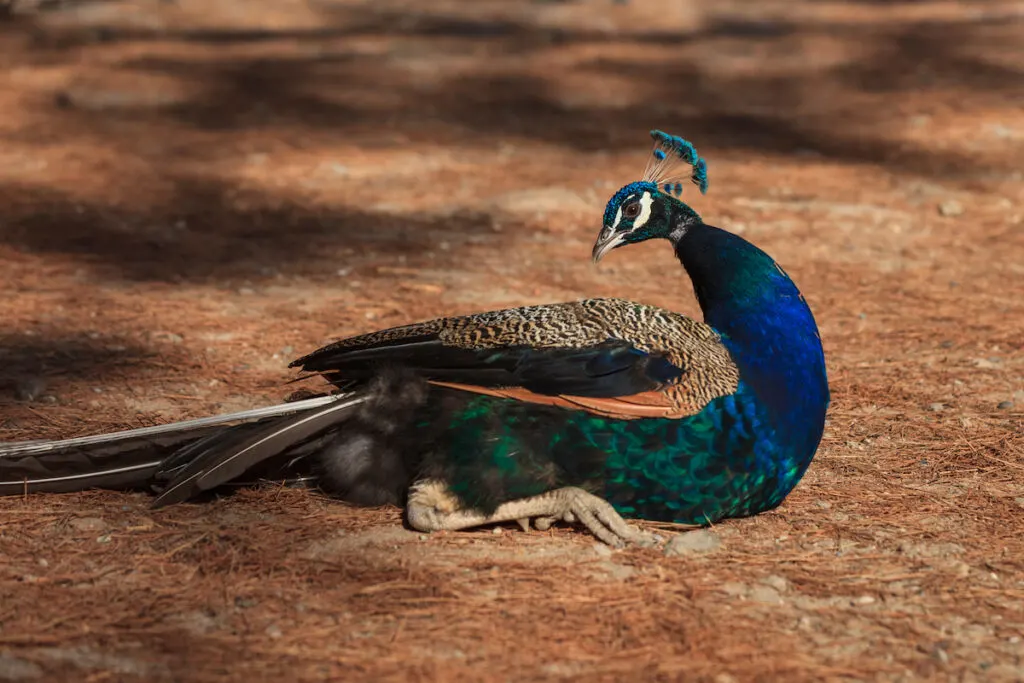
Coccidiosis
Coccidiosis in birds is caused by a specific coccidian protozoan in the genus Elmeria. These protozoa will infect many parts of the intestine within 4 to 7 days, causing extensive damage to the intestinal mucosa.
Symptoms of coccidiosis include diarrhea, weight loss, fever, loss of appetite, and worst of all, sudden death.
During outbreaks, birds can be fed with drinking water containing sulfa drugs. Medications such as Rofenaid and Amprolium can also be administered to contain this disease within infected flocks.
Trichomoniasis
The causal agent for this disease is a single-celled, pear-shaped protozoan known as Trichomonas gallinae. This disease is spread through direct contact with infected birds and can be commonly found in young birds. These protozoa will infest different parts of the birds, including the crop, mouth, trachea, lungs, and liver.
Visible symptoms of trichomoniasis are weight loss, vomiting, white plaque in the trachea and crop, green diarrhea, and dyspnea. In some birds, there is no visible sign of this disease except for lesions on their crop and throat.
With early diagnosis, infected birds can be treated using nitroimidazole antibiotics.
Internal Parasites
Internal parasites can feed off of their host, draining essential nutrients until the host falls sick. It is much harder to diagnose and treat these types of parasites, but it’s still possible. Some of the internal parasites that you can find in peacocks are:
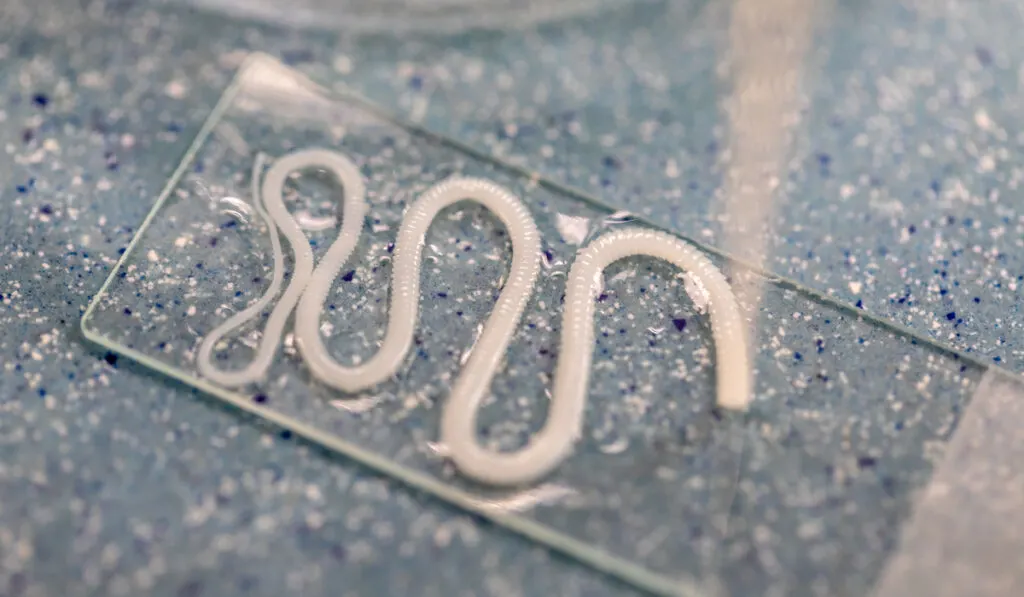
Tapeworms
Tapeworms will enter peacocks’ body systems when they consume food or water that has been contaminated with tapeworm larvae or eggs.
These flat, segmented parasites have a two-stage lifecycle, with insects or arthropods being the primary hosts and birds becoming the secondary hosts. When peacocks eat insects that are infected with worms, they are at a higher risk of catching tapeworms inside their gastrointestinal system.
Treatment for this illness usually happens after the worms are found in peacocks’ feces. The possibility of reinfection is also high if the birds keep coming back to an environment that is contaminated with these worms.
Roundworms
Also known as Ascaris lumbricoides, these parasites are commonly found in birds, humans, and pigs. Ascarid nematodes live inside the intestine of their host. The eggs will be passed out through feces, which then germinate in the environment before spreading themselves into the next host.
The larva moves aggressively inside the host’s intestinal lining, causing serious damage such as intestinal lesions, blood loss, and tissue damage. Symptoms of this parasitic disease include weight loss, loss of appetite, abdominal pain, and intestinal ulcers. Most of the time, there are no visible symptoms that we can detect.
To kill roundworms, birds can be treated with piperazine worm medicine and repeated until the worms are completely killed.
Capillaria Worms
These parasites measure less than half a centimeter in length and usually infest the gastrointestinal tract of their hosts. There are two species of these nematodes: Capillaria hepatica which causes hepatic capillariasis, and Capillaria philippinensis, which causes intestinal capillariasis.
Symptoms of capillariasis in birds include rough feathers, paleness, coughing, wheezing, and shortness of breath.
Some of the medicinal treatments that can be administered to fight off these parasites are Ivermectin, Tramisol, Thiabendazole, and Fenbendazole.
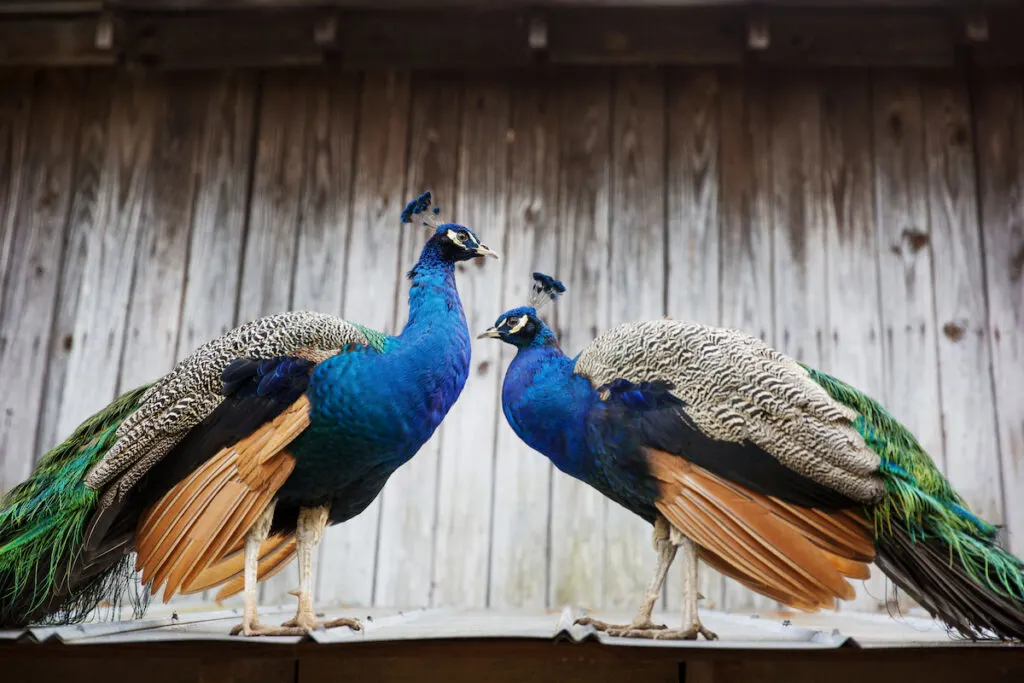
Gapeworms
Gapeworms can cause serious respiratory problems to most avian species. These parasites will infest the tracheal wall, causing breathing and respiratory distress, especially in young birds.
Other visible symptoms of gapeworms infection include lethargy, loss of appetite, weight loss, heavy breathing, coughing, and gurgling, as well as sudden changes in the birds’ behavior related to breathing habits.
The eggs of gapeworms are usually left on the ground. Hence, when birds pick up their food on the ground, they are exposed to ingesting the eggs as well. Plus, earthworms are also an intermediate host of these nematodes.
Cecal Worms
Cecal worms can be found infesting the cecum (blind pouch) of the birds. Scientifically known as Heterakis gallinarum, these internal parasites thrive on the ground, especially in a closed birdhouse.
Generally, adult worms will produce eggs inside their host before the eggs are released within the feces. Once the eggs reach the ground, they are eaten by earthworms or birds. The cycle repeats once the larva hatch in the upper intestine and move to the ceca.
Regular deworming is the best preventive measure to kill these worms.
External Parasites
External parasites can cause serious harm or, worse, fatality if they’re left untreated. These include:
Mites
Mites can be found in all kinds of birds, mammals, and plants. These parasitic organisms generally live inside the nest of birds and also feed directly on the bird’s skin to stay alive. They spread from one bird to another through close body contact between the birds. Unlike lice, they are quite resistant to pesticides.
Mites can cause itching, swelling, and irritation to the skin, and worse, fatalities in younger birds when these blood-sucking parasites keep feeding on their hosts until they’re sick and dead.
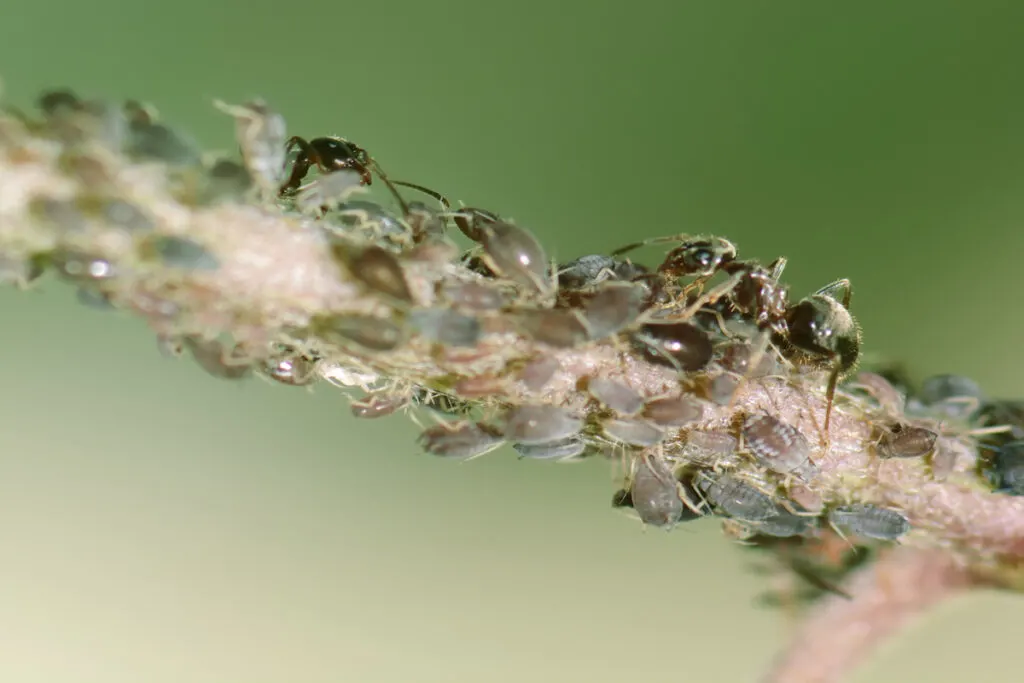
Lice
These tiny wingless insects spend their entire life on the hosts’ bodies and feed on their blood. They also feed on skin, feather debris, and scales. Lice found in birds are different than the ones that feed on mammals because of the chewing part of their mouth. Similar to mites, they are spread through close body contact from one bird to another.
Lice infestation can be treated using pesticides or dusting powder and sprays on the birds and their cages. Be sure to use pesticides sparingly to avoid serious side effects that can happen to the birds.
Chiggers
Also known as bush mites, harvest mites, red bugs, and berry bugs, these parasites are hard to notice without using a magnifying glass.
Juvenile chiggers are the ones that parasitize on birds, and the mature ones are usually harmless. They will feed in clusters and inject digestive enzymes into the skin of their host, especially in several parts of the body such as the breast, thighs, vent, and undersides of the wings.
Chiggers can’t spread diseases, but they can cause intense itchiness that will lead to extreme scratches and injuries to the skin.
Final Thoughts
Most of these diseases can infect other birds from different species or vice versa. It is not uncommon to see that one peacock that carries the strain can infect the whole flock, causing irreversible damage.
Aside from yearly vaccination, your peacocks’ health should always be monitored by a professional or avian veterinarian from time to time in order to eliminate any symptoms that are missed. As always, prevention is better than cure.
